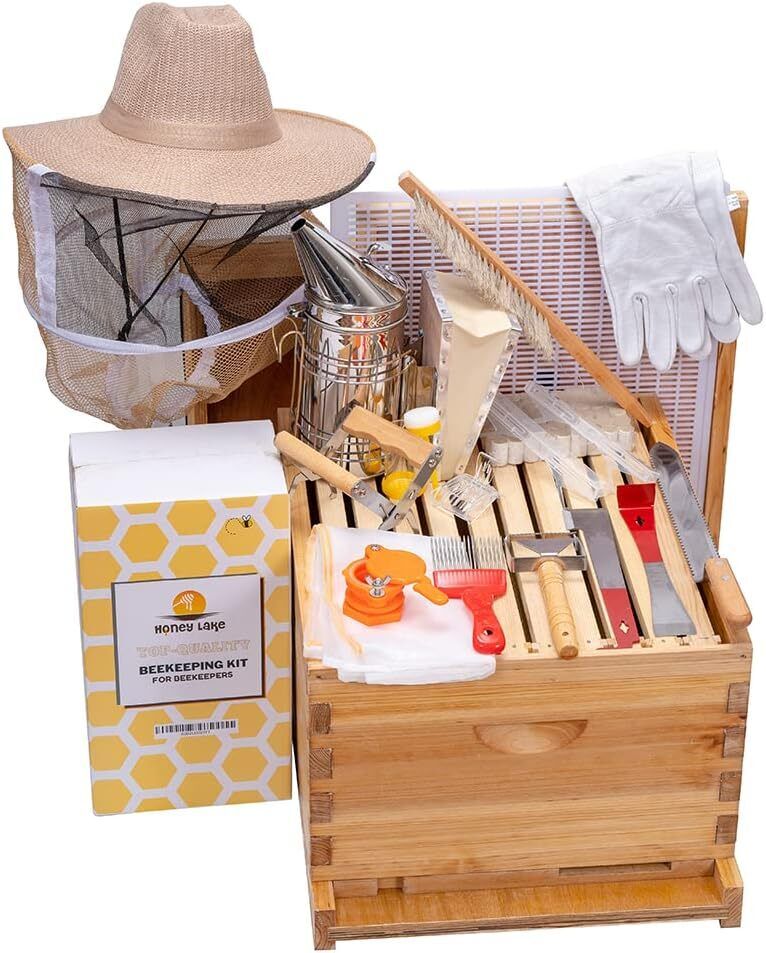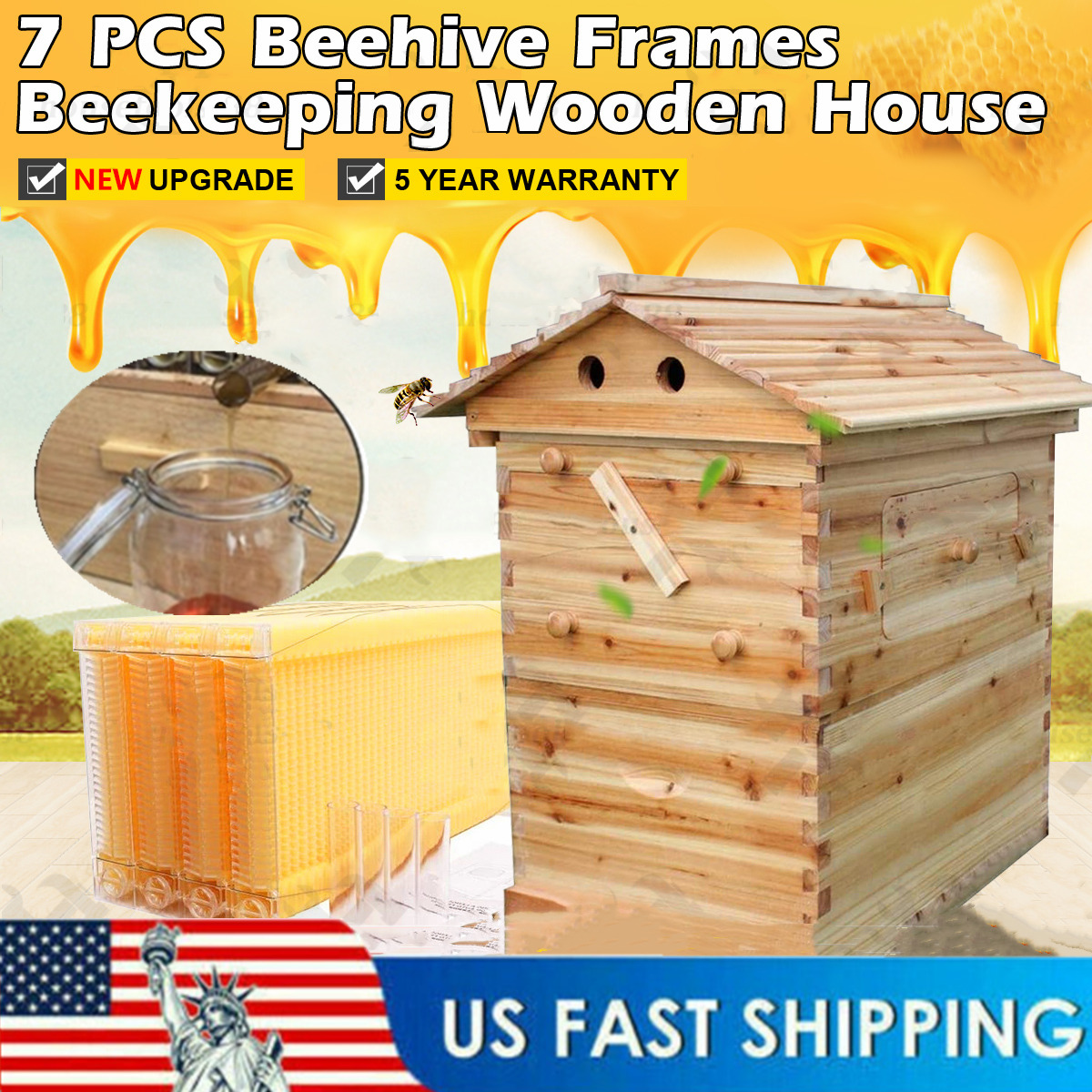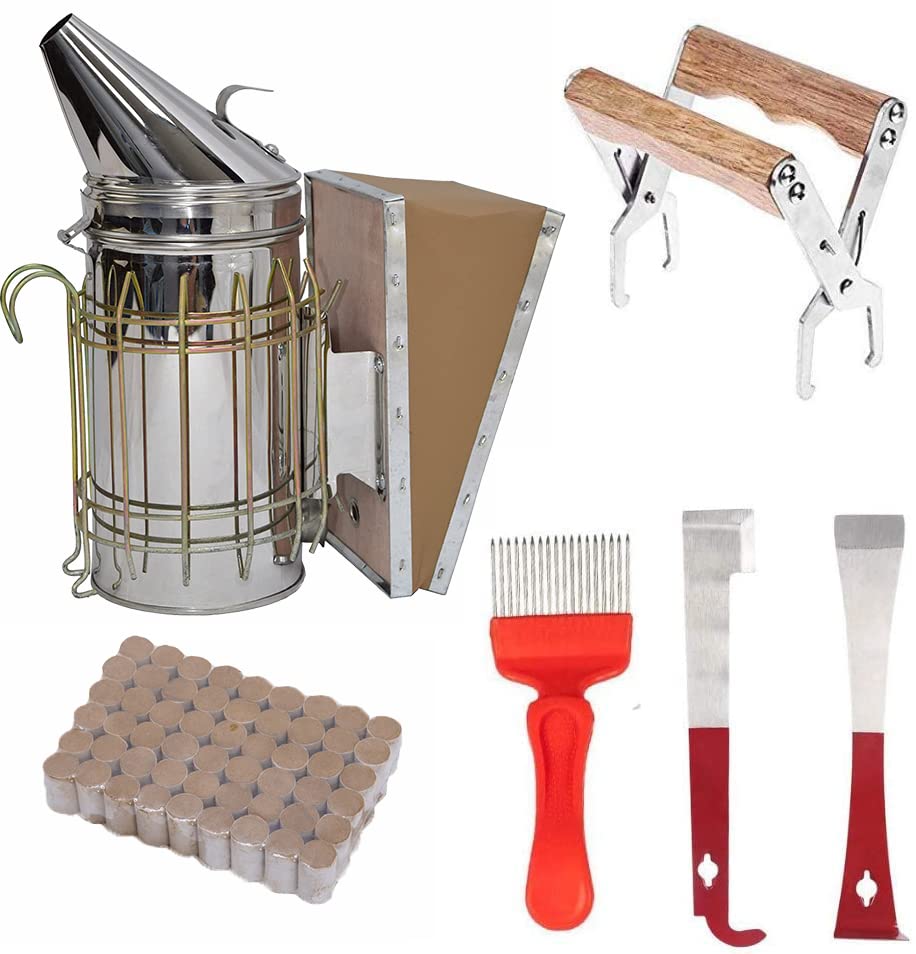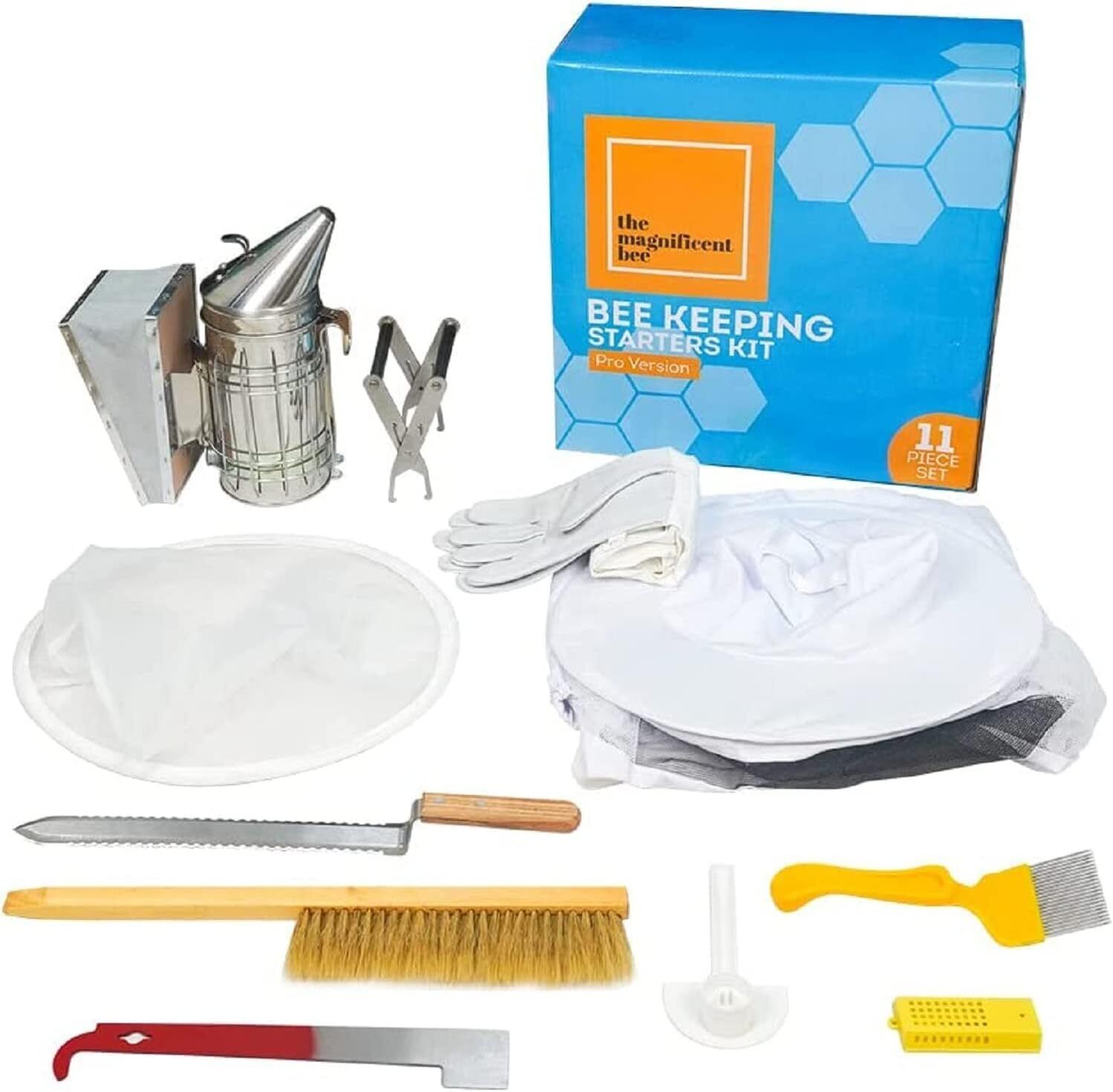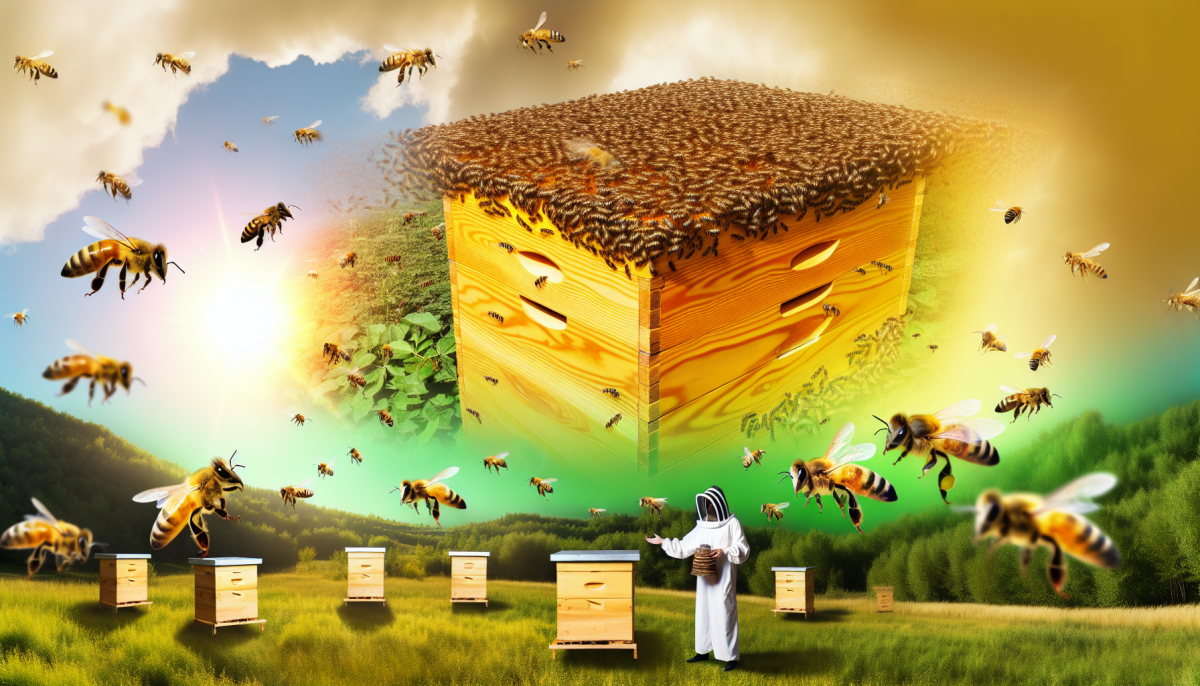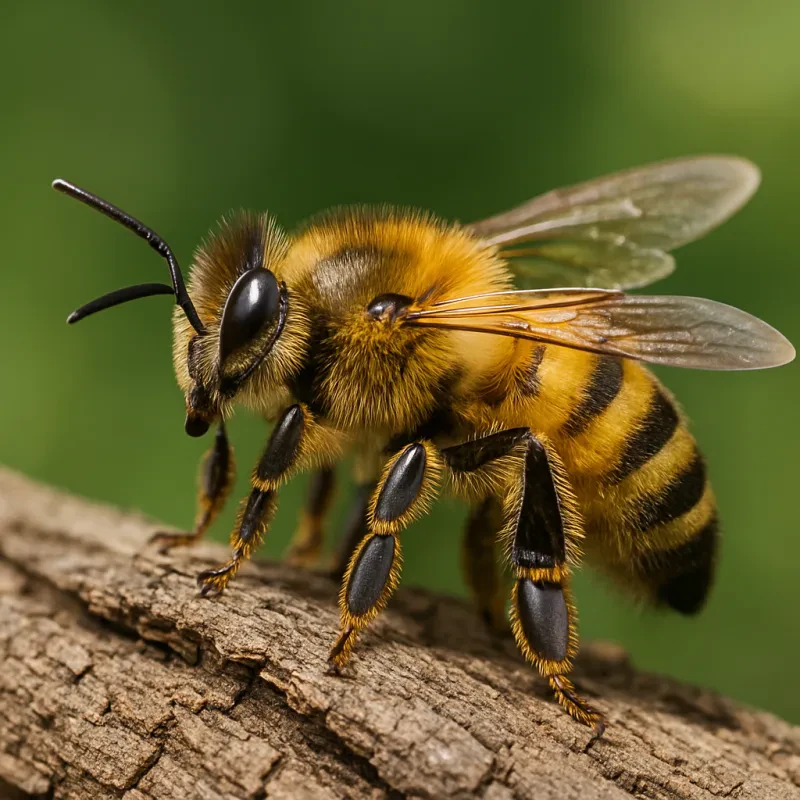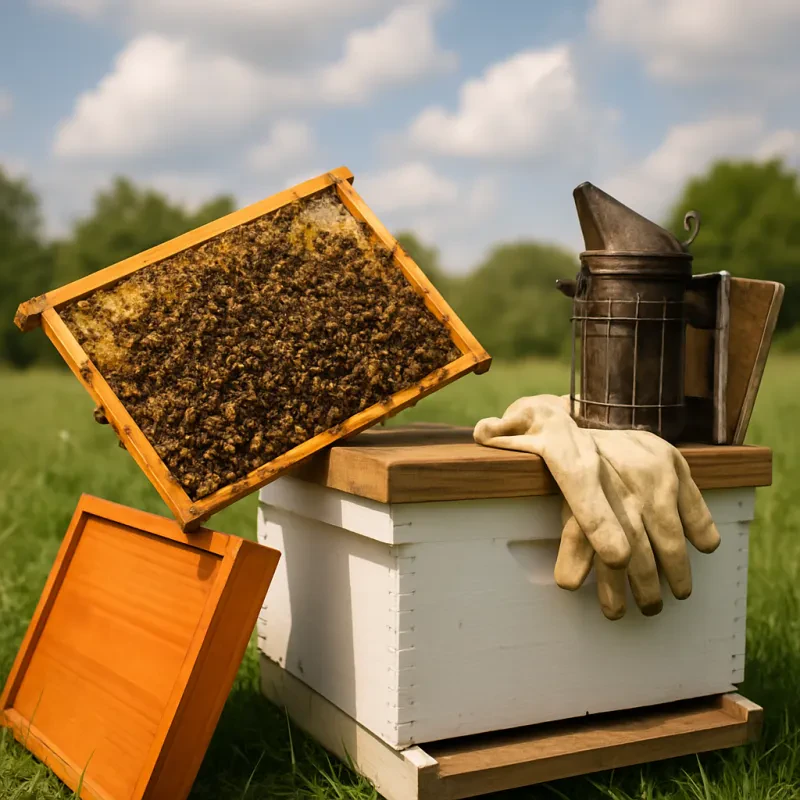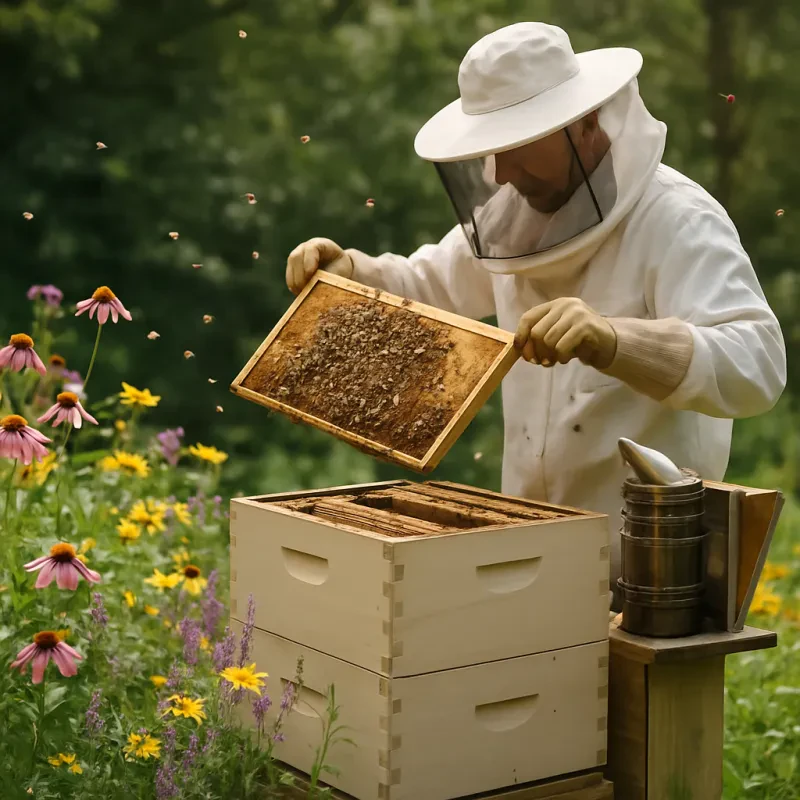Starting a Beehive: A Comprehensive Guide for Beginners
Introduction
Starting a beehive is a rewarding and environmentally friendly hobby that not only provides you with fresh honey but also helps in the pollination of your garden. This guide will walk you through the essential steps and equipment needed to start your own beehive, as well as the daily time commitment required.
Why Start a Beehive?
Beekeeping has numerous benefits:
- Honey Production: Enjoy fresh, organic honey straight from your hive.
- Pollination: Bees play a crucial role in pollinating plants, boosting your garden's productivity.
- Environmental Impact: Supporting local bee populations helps maintain ecological balance.
Equipment Needed to Start a Beehive
To start your beekeeping journey, you'll need the following essential equipment:
1. Beehive Components
- Hive Bodies: These are the boxes where bees live and store honey. Typically, you'll need two deep hive bodies and several shallow supers.
- Frames: These are placed inside the hive bodies for bees to build their honeycomb on. Each hive body usually holds ten frames.
- Foundation: This is a thin sheet of wax or plastic that gives bees a head start in building their comb.
2. Protective Gear
- Bee Suit: A full-body suit to protect you from bee stings.
- Gloves: Long gloves that cover your hands and wrists.
- Veil: A headpiece that protects your face and neck.
3. Tools and Accessories
- Hive Tool: A multi-purpose tool for prying apart hive components and scraping off excess wax.
- Smoker: A device that produces smoke to calm the bees and make hive inspections easier.
- Bee Brush: A soft brush to gently remove bees from frames without harming them.
4. Bees
- Bee Package: A package containing a queen bee and a few thousand worker bees, which is the standard way to start a new hive.
Setting Up Your Beehive
Choosing a Location
Select a location that is sheltered from strong winds, receives plenty of sunlight, and is away from high traffic areas. Ensure the hive has easy access to water.
Installing the Bees
Once your hive is set up, it's time to introduce the bees. Carefully transfer the bees from their package into the hive, ensuring the queen is safely inside.
Daily and Seasonal Maintenance
Daily Time Commitment
Maintaining a beehive doesn't require a significant daily time commitment. On average, you will spend about 10-15 minutes per day checking on the hive, ensuring the bees have enough water, and inspecting for any immediate issues.
Weekly and Monthly Tasks
- Weekly Inspections: Spend about 30-45 minutes each week inspecting the hive for signs of disease, pests, and ensuring the queen is laying eggs.
- Seasonal Maintenance: Tasks such as harvesting honey, treating for mites, and preparing the hive for winter will require several hours spread across the beekeeping season.
Troubleshooting Common Issues
Swarming
Swarming occurs when a colony becomes too crowded and the bees decide to split. Regular inspections and providing enough space can prevent swarming.
It is essential to monitor the hive regularly to prevent swarming, as it can lead to a loss of bees and honey production. If you notice signs of swarming, such as the presence of queen cells or bees clustering outside the hive, take immediate action to address the issue.
One way to prevent swarming is by performing regular hive inspections and ensuring that there is enough space for the bees. Adding additional supers or frames can provide more room for the colony to expand without feeling overcrowded.
If a swarm does occur, it is important to manage it properly to minimize any negative impacts on your beekeeping operation. Capturing and transferring the swarm into a new hive can help establish a new colony and prevent them from leaving your apiary altogether.
Overall, being proactive in monitoring your hives, addressing issues promptly, and implementing preventative measures are key aspects of successful beekeeping practices that will help maintain strong and healthy colonies.
Pests and Diseases
Common pests include varroa mites and small hive beetles. Regular monitoring and treatments, such as powdered sugar dusting or chemical strips, can help manage these issues.
Additionally, maintaining good hive hygiene by regularly cleaning and inspecting the frames can help prevent infestations and diseases. Common bee diseases to watch out for include American foulbrood, chalkbrood, and nosema. It is crucial to familiarize yourself with the symptoms of these diseases so you can quickly take action if they are detected in your hives. Properly disposing of infected materials and quarantining affected colonies are important steps in containing the spread of diseases within your apiary. Working closely with a local beekeeping association or mentor can provide valuable guidance on best practices for pest and disease management in beekeeping. Remember, staying vigilant and proactive in caring for your bees will contribute to their overall health and productivity.
Starting a beehive is a fulfilling activity that offers numerous benefits to both you and the environment. With the right equipment and a manageable time commitment, you can enjoy fresh honey and contribute to local biodiversity.
